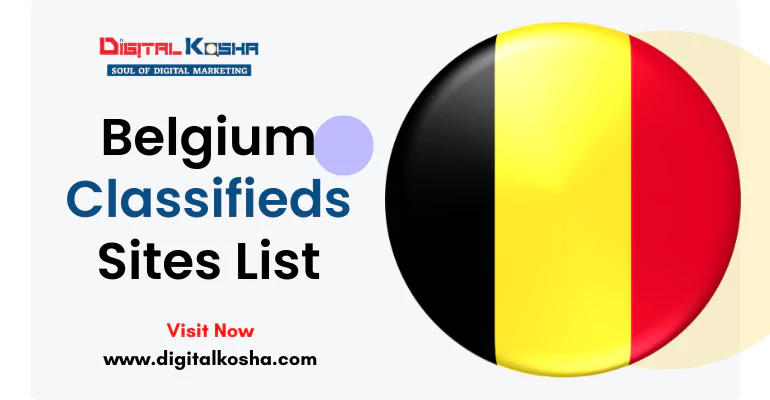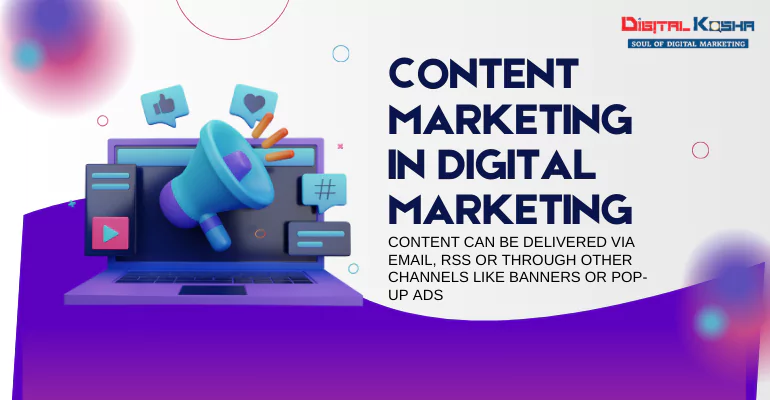280+ The Best Belgium Classifieds Sites List for Free
If you’re looking to buy, sell, or find services in Belgium, using a Belgium Classifieds Sites List can be a game-changer. Classifieds websites help connect buyers and sellers easily. Whether you’re looking to buy a second-hand bicycle, rent an apartment, or find a job, these websites offer plenty of opportunities. In this post, I’ll take […]
280+ The Best Belgium Classifieds Sites List for Free Read More »





